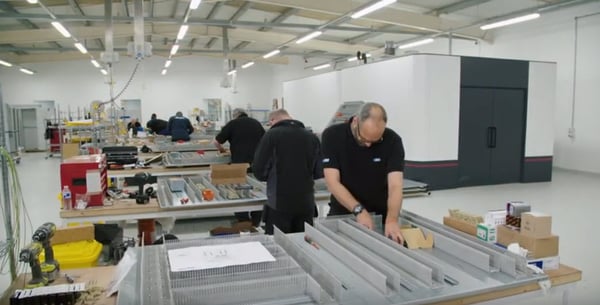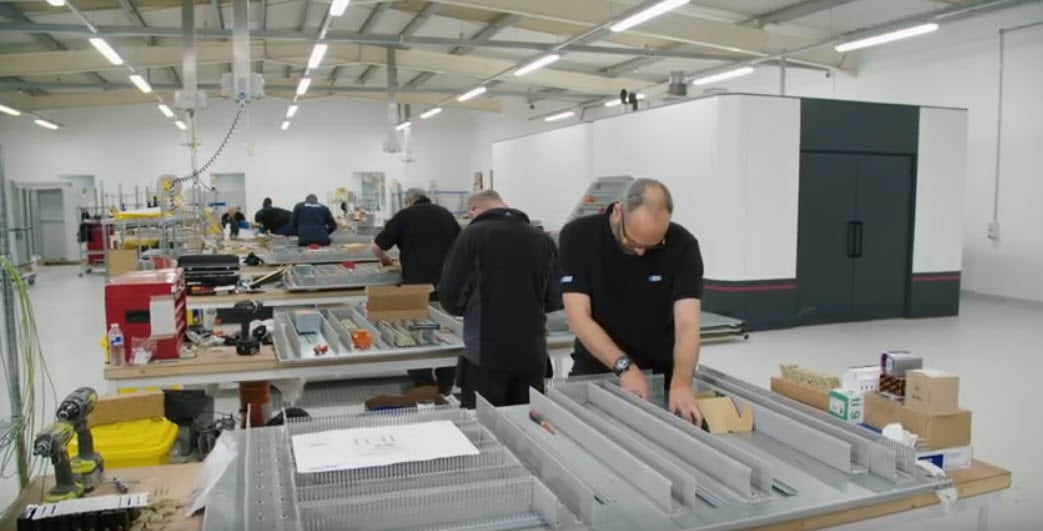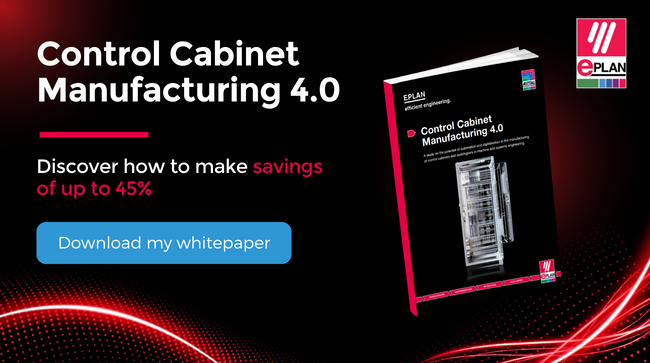Author
 John Boynton
John has worked for EPLAN for 24 years and is our Technical Business Manager. A member of The Institute of Engineering & Technology, and The Engineering Council for over 20 years, John has a wealth of experience and skills ranging from analysing customers' processes in order to identify areas in which could be made more efficient, to project management, consultancy, method counselling and project commissioning.
boynton.j@eplan.co.uk
John Boynton auf LinkedIn
John Boynton
John has worked for EPLAN for 24 years and is our Technical Business Manager. A member of The Institute of Engineering & Technology, and The Engineering Council for over 20 years, John has a wealth of experience and skills ranging from analysing customers' processes in order to identify areas in which could be made more efficient, to project management, consultancy, method counselling and project commissioning.
boynton.j@eplan.co.uk
John Boynton auf LinkedIn
Production and Assembly of Electrical Panels
Preplanning is a major element in control cabinet manufacturing. Most control cabinets contain a multitude of terminals and wiring, and many companies rely on a single technician to specify and source the required components, often resulting in complex procedures that are prone to error. The move towards Industry 4.0 involves integrating tasks and areas of expertise so that savings in time and costs can be made. EPLAN has produced a white paper that investigates how these trends will affect manufacturers of control panels.
The first phase in the manufacture of any control panel is mechanical assembly and mounting of the components, working from engineering drawings produced by the design department. Among the companies surveyed by EPLAN during its research for the white paper, this phase is mainly performed manually, which indicates that major potential exists for digitalised and semi-automated production.
The survey also revealed differences in the way that panel manufacturers carry out mechanical operations – such as punching and drilling – in-house. The most significant of these differences was the way in which engineering drawings are processed and used in the production environment.

In 58% of the companies surveyed, machine instructions are performed by manually inputting dimensions for cut-outs and drilling. This creates susceptibility to error and depends on the operator reading the engineering drawing correctly. High accuracy is needed because incorrectly positioned fixing holes can lead to component damage or even make it impossible to mount components, whilst wrongly dimensioned cut-outs might make it necessary to scrap a cabinet door or even the whole cabinet.
The remaining 42% of the companies in the survey have largely eliminated these problems by moving to automated production using machines that take data directly from CAE systems without the need for operator intervention.
Interestingly, the survey found that there are different ideas on how a control cabinet should be positioned for assembly. In the majority of cases, the cabinet is in a horizontal or vertical position, and only rarely at an angle. Accessibility of hand tools also varies between companies. Regularly used tools, wire and consumables like crimp terminations and cable ties need to be properly sorted and within easy reach of the technician.
To help ensure the ready availability of consumables, 11% of the companies use kanban systems that confirm reliable replenishment. For the other 89% of firms, the technicians themselves are responsible for replenishing bulk-goods containers.
Many of the factors mentioned can have a surprisingly large effect on productivity and hence profitability, and many are susceptible to automation, which, the survey discovered, can readily deliver time savings of up to 35%. To see more interesting and important results, and to find out how automation and digitalisation could help to boost your profits, simply download our comprehensive white paper. You’ll find it here:



Comments